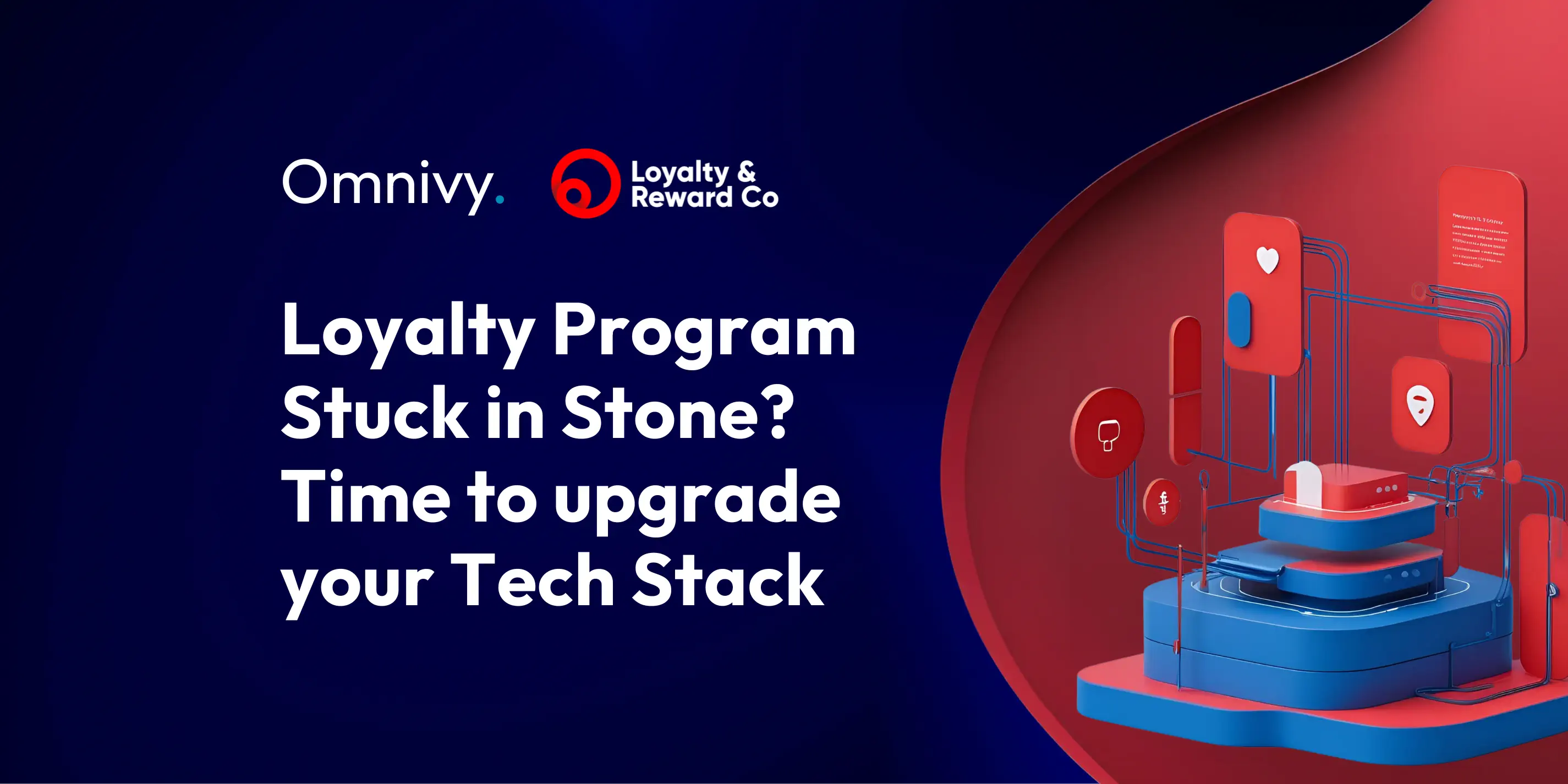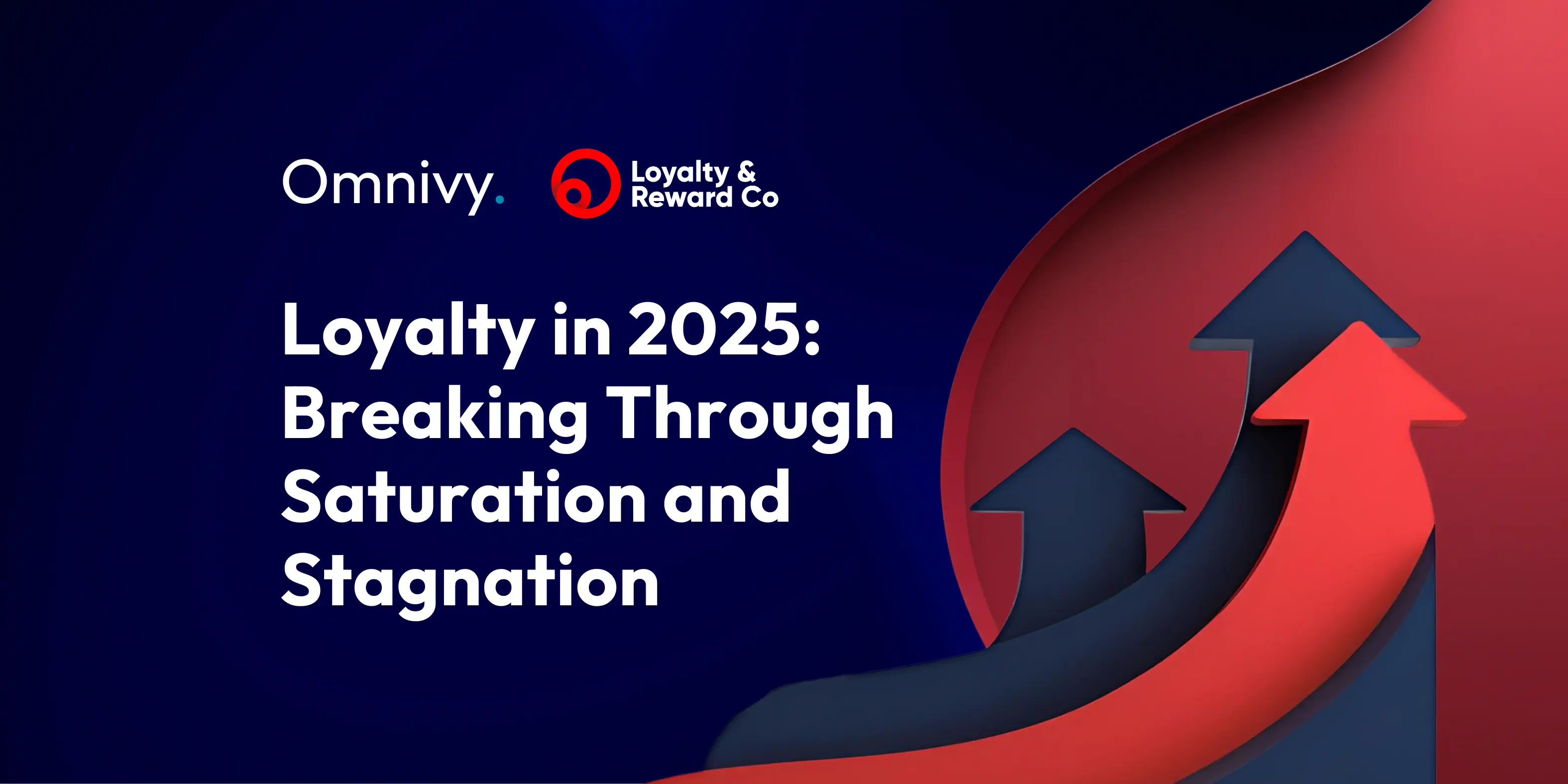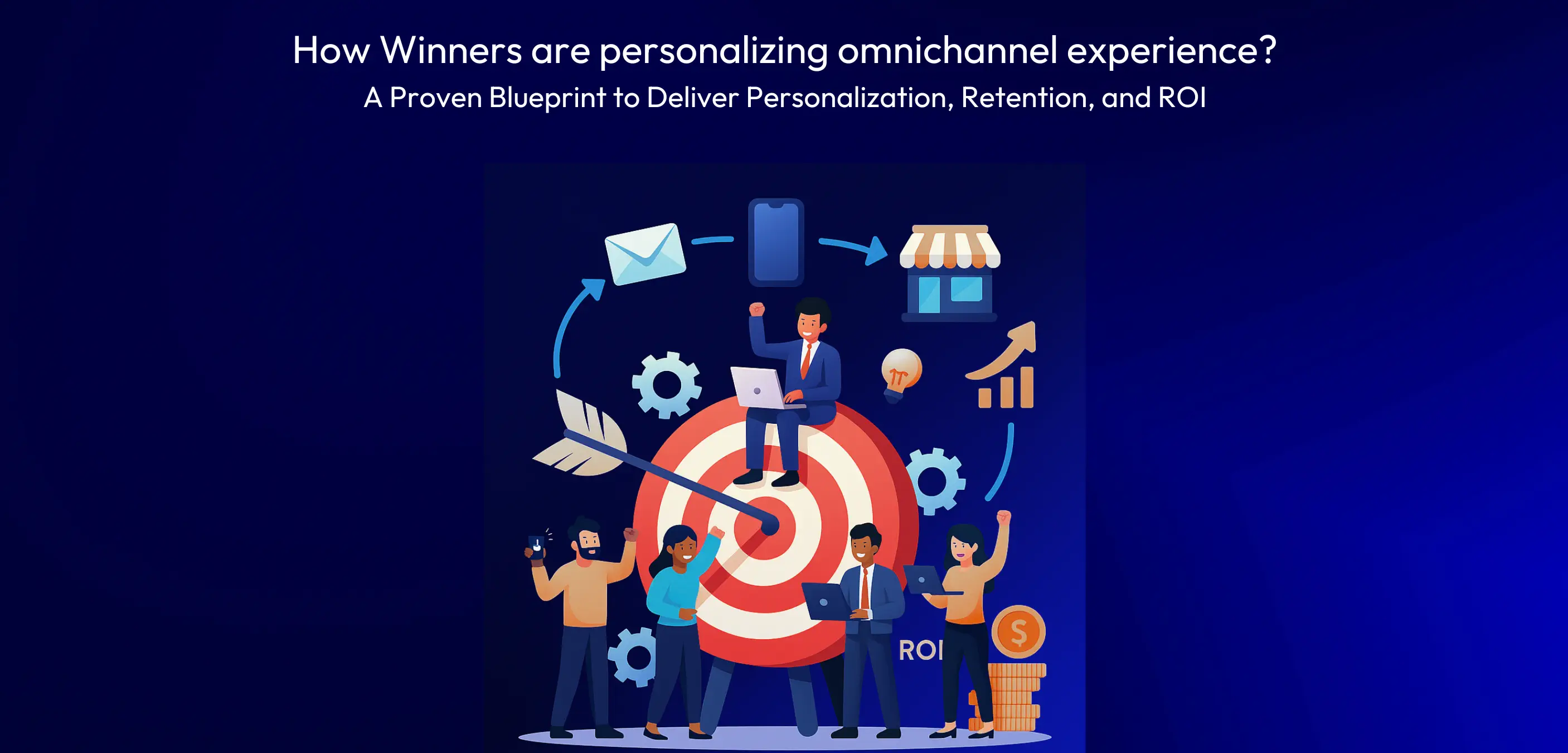In the world of retail, loyalty programs should be the crown jewel of customer engagement. They are the secret sauce that keeps customers coming back, encouraging repeat purchases, and building brand love. But here’s the dirty little secret: integrating a loyalty engine into a modern omnichannel retailer’s technology stack is a slow, tedious, and complex process. It’s like trying to fit a Formula 1 engine into a classic car—it’s powerful, but you need some serious retrofitting before it’s road-ready.
So, why is it that, in 2024, the process of connecting loyalty engines with customer data and communication systems still feels like something out of the 90s? Let’s break it down.
The Typical Loyalty Integration: Where Things Get Messy
To understand the revolution that is the Omnivy Loyalty Accelerator, it’s important to grasp the status quo. Let’s say you’re a retailer with both online and physical stores, and you want your loyalty program to capture every interaction your customers have with your brand. That means data needs to flow from everywhere—point-of-sale systems, mobile apps, customer service platforms, even social media.
Sounds simple enough, right? Except it’s not.
In a typical omnichannel loyalty project, here’s what needs to happen:
-
Capturing customer behavior across all touchpoints. You need to gather data on who your customers are, how they behave online and offline, and what they buy. But it doesn’t stop at transactions. You want insights into their entire journey—how long they spent in your store, which products they picked up, what they put in their cart but didn’t buy, and how they interacted with your customer service team.
-
Data synchronization is key. Your loyalty engine needs to stay in sync with your CRM, CDP, or data warehouse, so you have a single source of truth about each customer. This means loyalty points, rewards, and segments need to flow smoothly between systems.
-
Flawless communication with marketing automation and engagement platforms is essential. The loyalty engine shouldn’t double up on functions your marketing tools already handle—like sending out emails or push notifications. Instead, it should work seamlessly with these tools.
-
Consistent customer experience across all touchpoints. Whether it’s in-store, on mobile, or through your call center, your customers should have access to their loyalty benefits and be able to use them instantly, wherever they are.
Phew! That’s a lot of connections. And here’s the kicker:
In the classic model, a business and its IT team (or an external vendor) must:
-
Design and map out these processes, which are 95% the same for every business — registration, notifications, consent management, and so on.
-
Translate these business processes into IT requirements, a task that’s notoriously tricky because, let’s face it, business and IT often speak completely different languages.
-
Build the connections between systems, often with custom code that’s expensive, time-consuming, and difficult to maintain.
And then? You have to keep everything up and running, which means ongoing maintenance, change requests, and plenty of headaches. Oh, and don’t forget the budget overruns.
Why Vendor-Built Connectors Fall Short: The Complex Reality of Loyalty Integration
In response to growing customer demands, many loyalty vendors have tried to simplify integration by building their own connectors to other systems. On the surface, this seems like a great idea—especially when it works for relatively simple use cases. For example, loyalty engines often integrate smoothly with marketing automation platforms or CDPs, where data flows are limited to static customer attributes like segments or loyalty point balances.
But the moment you start dealing with more complex processes—especially those required for omnichannel loyalty programs and centralized promotion management—these direct, system-to-system integrations start to crumble. Let’s break down why.
The Retailer's Omnichannel Expectation: A Complex Symphony of Systems
Consider the following scenario, which is becoming standard in today’s retail landscape. A modern retailer wants to leverage AI-powered recommendations and personalized promotions across multiple channels, all while ensuring a seamless customer experience.
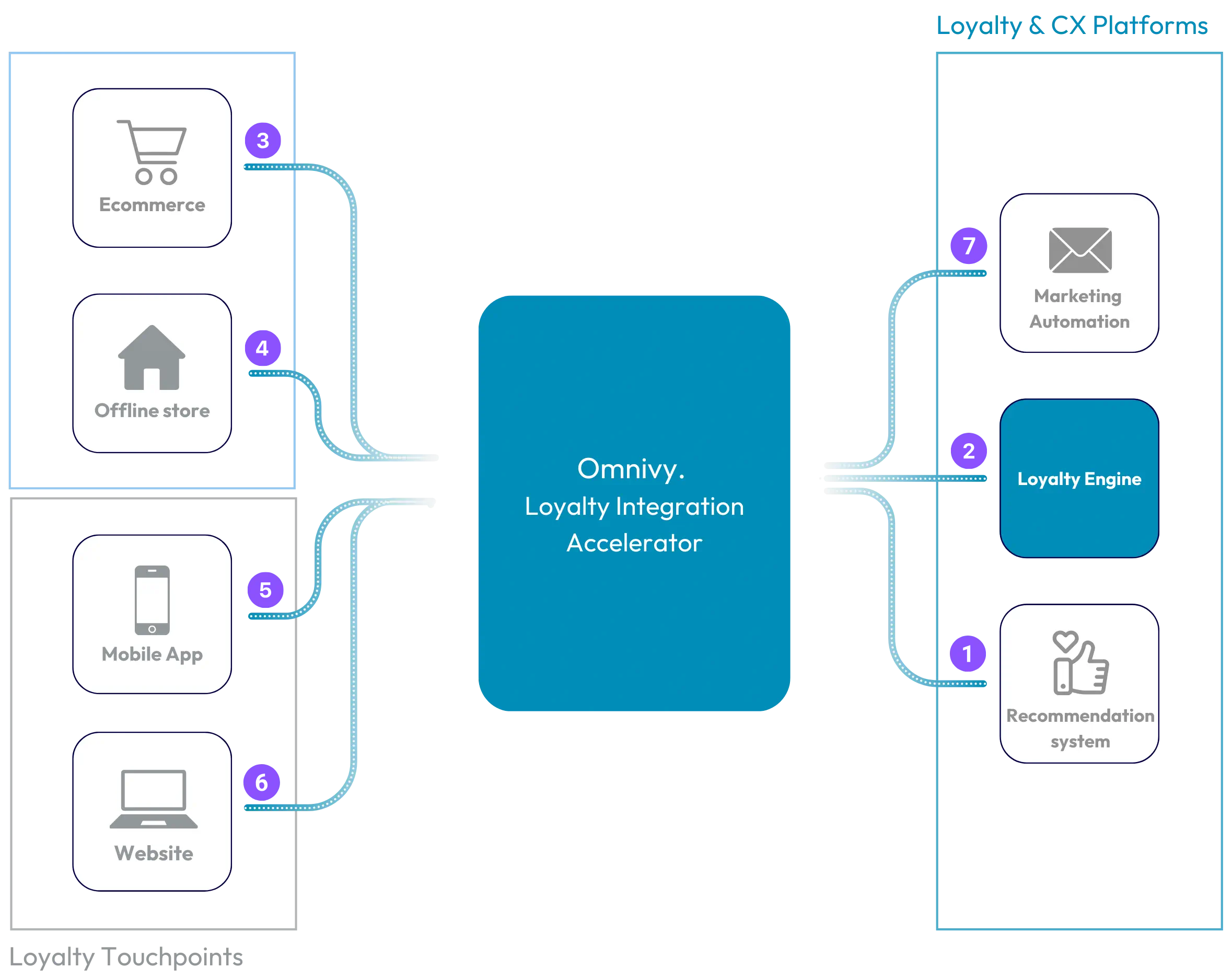
Here’s what that looks like in practice:
- An AI-based recommendation engine, fed by complete customer data (purchases, behaviors, and interactions), generates personalized promotional offers for groups of customers who exhibit similar behaviors.
- These AI-generated recommendations are passed to the loyalty engine, which creates coupons tailored for selected customer segments. So far, so good.
- Now comes the tricky part: these coupons must be made available across multiple channels—mobile apps, e-commerce platforms, and physical stores. This requires the e-commerce engine (like Shopify) to sync these coupons, understanding their logic (e.g., buy three products, get a discount) and being ready to apply them when customers use them at checkout.
- Simultaneously, the POS system in physical stores must recognize the same coupon and apply the discount. Here’s the catch: if the coupon is redeemed in-store, it must also be marked as “used” across other channels to prevent double redemption. So, if a customer uses the coupon in-store, the e-commerce platform must immediately deactivate it.
- On top of that, a targeted campaign needs to be triggered in the marketing automation system, tracking coupon usage and engagement for further analysis and follow-up promotions.
- The coupon should also be displayed in the customer’s e-commerce account, mobile app, or loyalty portal, giving them easy access to their benefits.
As you can see, executing what seems like a relatively standard retail promotion requires the seamless coordination of at least seven different systems, each playing a critical role in the process.
While loyalty vendors have built connectors to individual systems, these integrations often only solve for one small piece of the puzzle. They can transfer static customer data between platforms, but they can’t orchestrate the more dynamic, multi-step processes that omnichannel retailers demand.
Enter the Loyalty Accelerator: A Modern Solution to a Legacy Problem
Here’s where Omnivy’s Loyalty Accelerator steps in and says, "Enough!"
We’ve revolutionized the delivery of loyalty engines by eliminating the endless custom code for the system integrations. Instead of starting from scratch and reinventing the wheel every time, we’ve built pre-configured, plug-and-play solution that transform how loyalty engines are deployed and connected with the rest of your tech stack
What’s So Revolutionary About It?
-
Loyalty-Specific Processes Out-of-the-Box: All those repetitive, “cookie-cutter” processes? We’ve already solved them. Our Loyalty Accelerator comes with pre-defined flows for everything from customer registration to gamified achievements. These are based on best practices, so no more guesswork or long design workshops.
-
Pre-Built Connectors: Instead of spending weeks building integrations between loyalty engines, CRMs, and marketing platforms, our Accelerator offers ready-to-go connectors that make integration as simple as plugging in a USB stick. This means your systems start talking to each other from day one.
-
Ready-to-Use Loyalty Frontend Components: Need to embed loyalty functionality into your mobile app or website? No problem. The Accelerator includes pre-built frontend components that are easily customizable and can be dropped into your touchpoints with minimal effort.
-
No More Maintenance Nightmares: Custom code is fragile, prone to breaking, and expensive to maintain. With the Accelerator, maintenance is a breeze because everything is standardized, well-documented, and built to scale.
-
Seamless Component Swapping and Testing: One of the key advantages of our Loyalty Accelerator is how effortlessly you can add, test, or replace components within your tech stack. Since integrations and business processes are pre-built, running a Proof of Concept (POC) is easier than ever before. Need to swap out Klaviyo for Braze (or vice versa)? No problem. What used to take weeks of migration and integration work is now a simple, streamlined process, letting you remain agile and focus on growth instead of being bogged down by tech constraints.
This approach allows us to shorten the standard 2-6 months integration projects to just days. It means that the standard SaaS Loyalty System implementation can be shortened from typical 7-8 months to just 3 months!
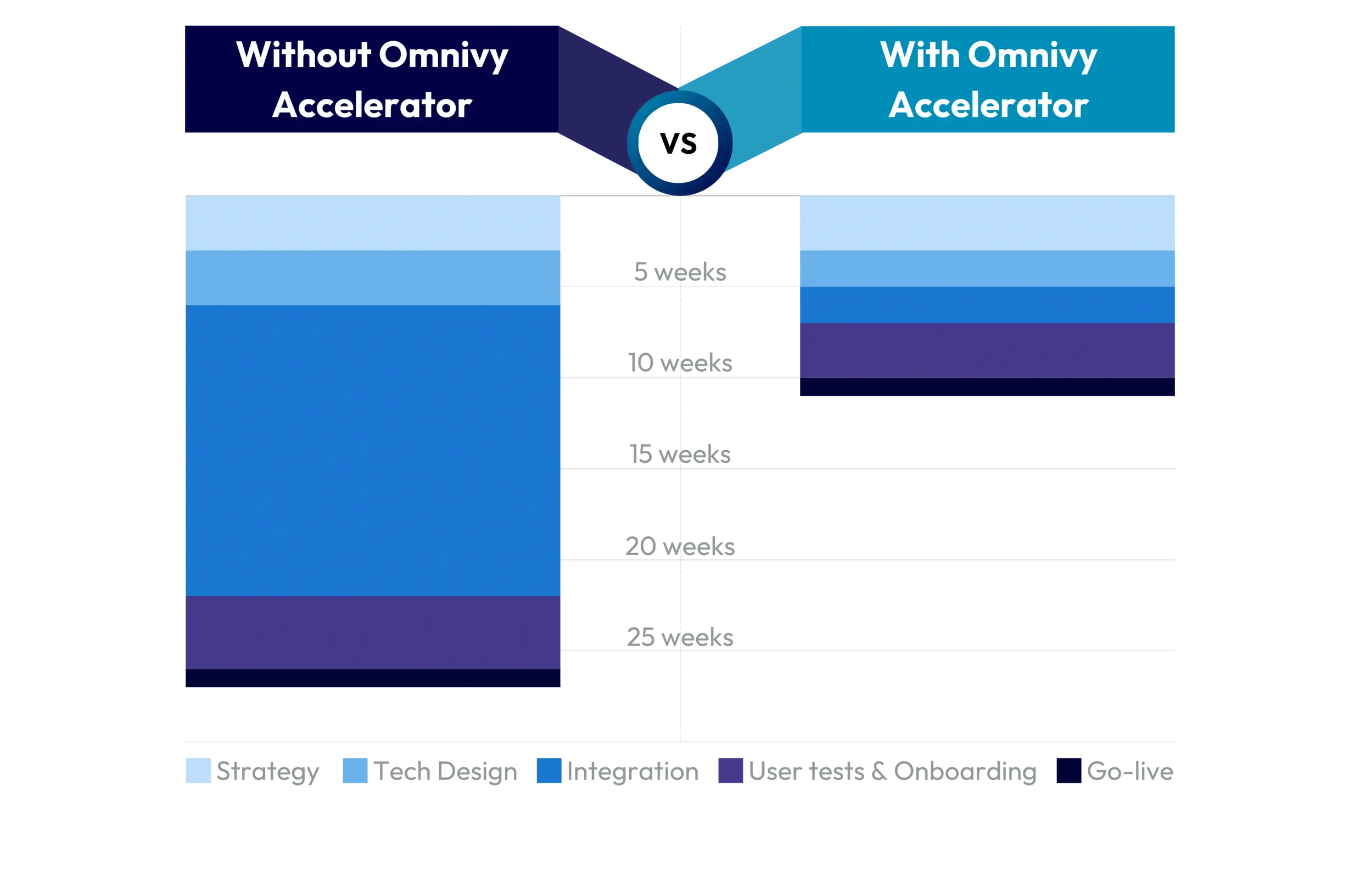
Let us guide you through the loyalty tech implementation. Faster.
The truth is, no one else in the market has cracked this problem the way we have. While other Agencies are still stuck in the past, building custom integrations with an outdated approach, Omnivy is leading the charge towards composable loyalty architectures. We believe in empowering businesses to unlock the full potential of their loyalty engines without the IT bottlenecks.
At Omnivy, we bring years of experience managing loyalty system implementations for some of the world’s largest and most recognized brands, including Ford, Costa Coffee, BP, Coca-Cola, Adidas, and many more. Our comprehensive project methodology allows us to deliver loyalty programs end-to-end—from strategy development and technology selection to full-scale system integration and deployment.
Whether you need a complete solution or specific services—such as strategy, technology, or integration—we offer flexible, scalable options that ensure the success of your loyalty program and a fast return on investment
The Loyalty Accelerator is ready for all of our Partner Vendors:
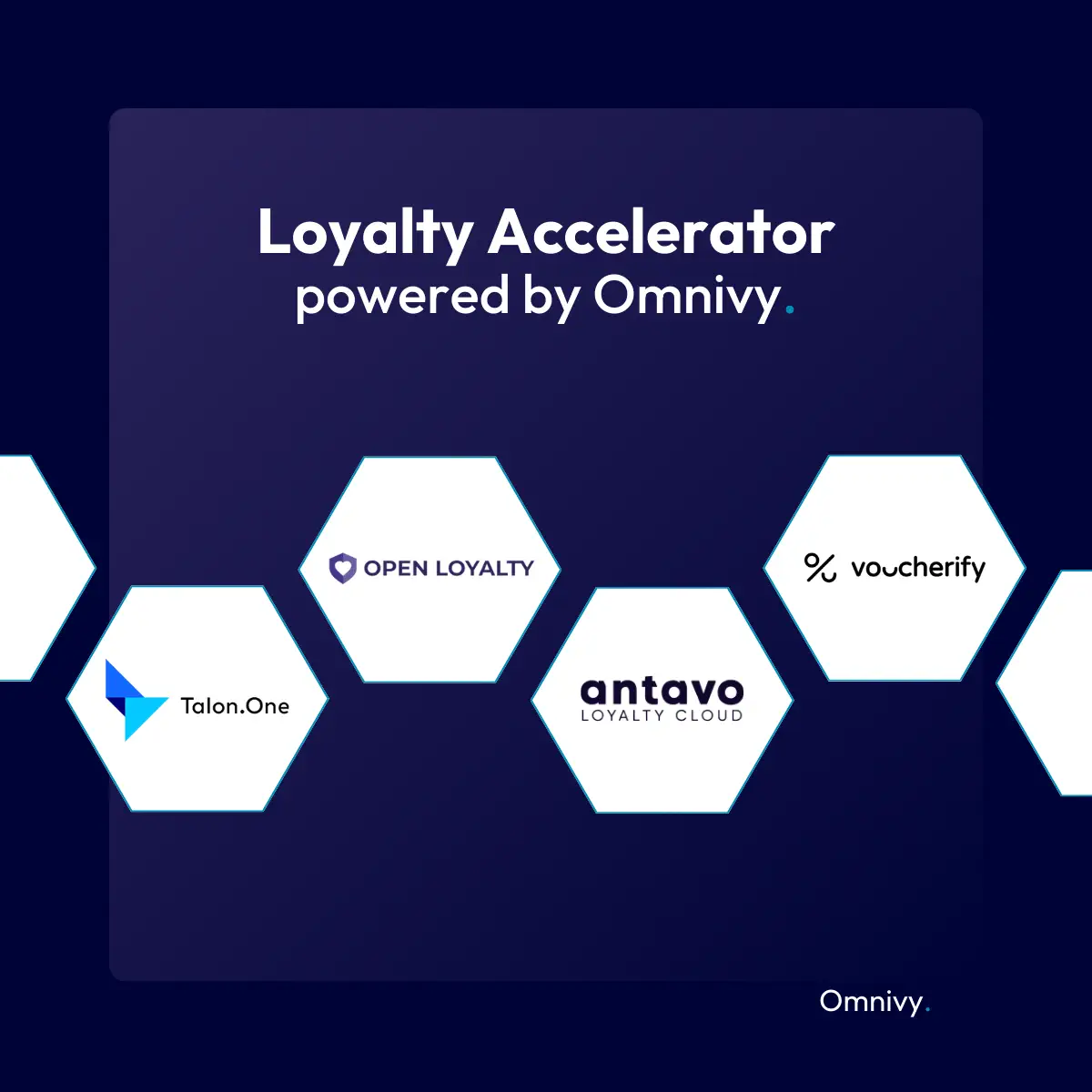
In the current phase, it streamlines the integration of the most popular e-commerce platforms (Shopify, Magento, BigCommerce, WooCommerce), marketing automation systems (Klaviyo, Braze), POS (Oracle Micros), Data Warehouse (Snowflake) and CDP (Segment). It’s also fully ready to orchestrate communication with any POS system that is in your tech stack.
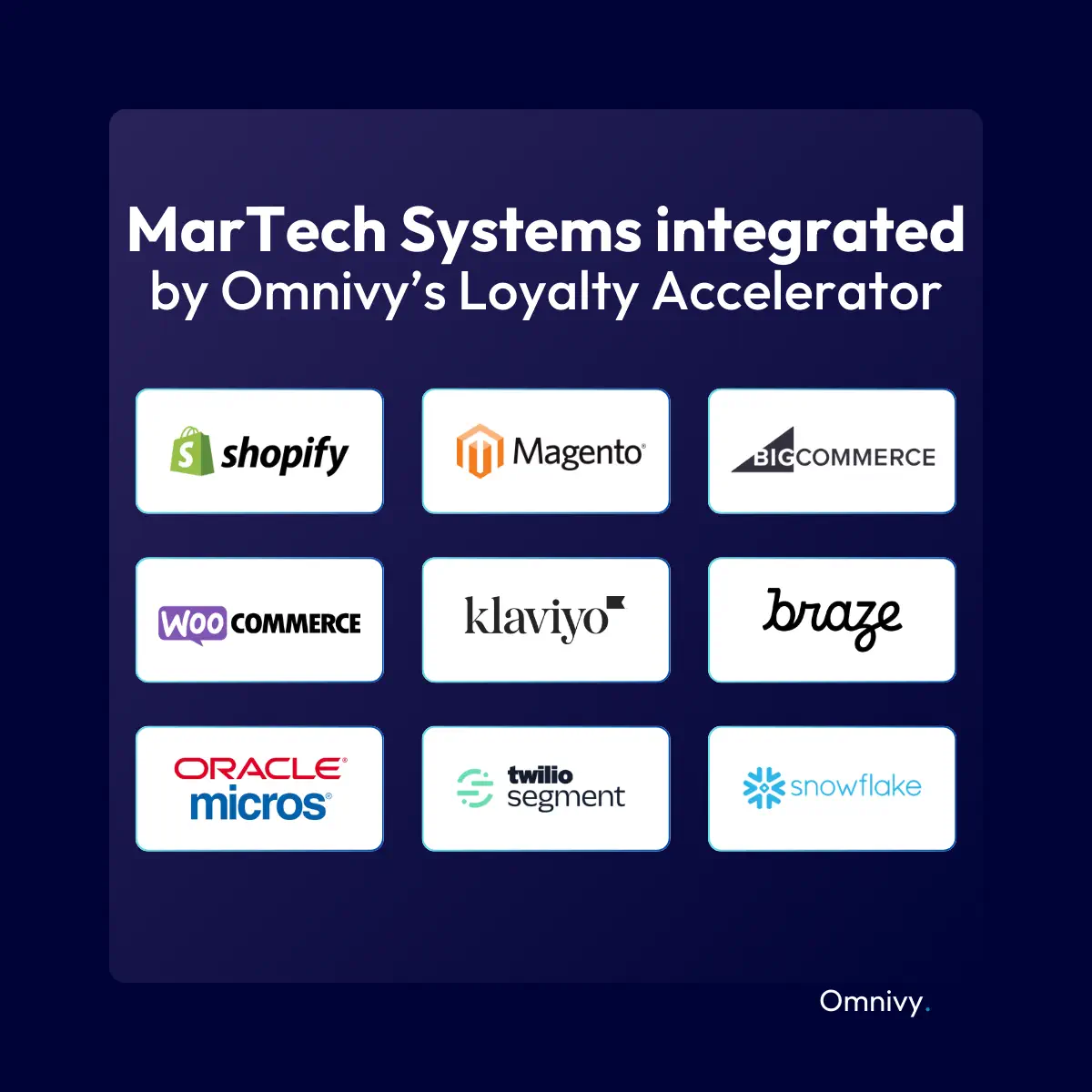
It’s time for retailers to stop settling for loyalty integrations that take forever and cost a fortune. With the Omnivy Loyalty Accelerator, you can have the loyalty program of your dreams—up and running in a fraction of the time, for a fraction of the cost.
So, what are you waiting for?


